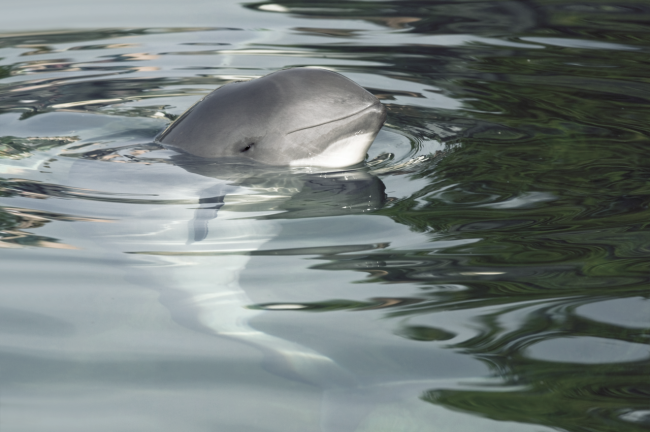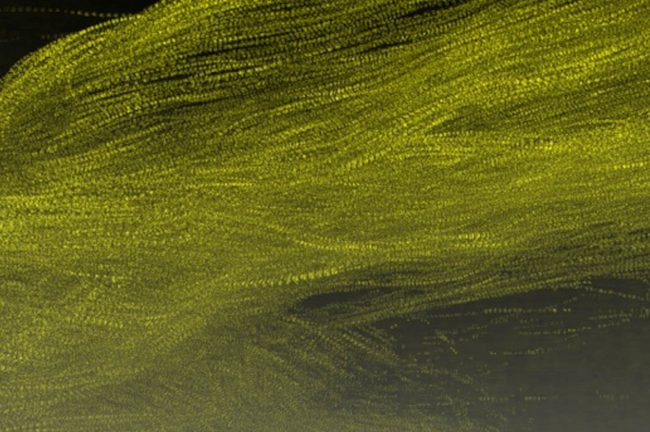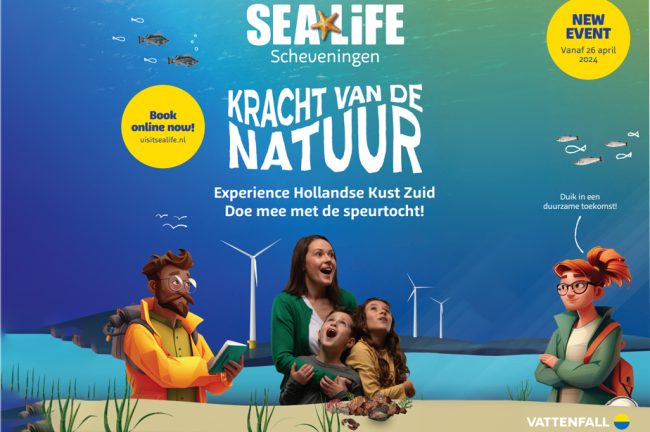The turbines of the Hollandse Kust Zuid wind farm will be connected to two transformer platforms of grid operator TenneT off the coast of Zuid-Holland. Via these platforms, the energy generated by the wind turbines eventually ends up in the Dutch electricity grid. To achieve this, four cables have to be buried in the seabed, in some parts no less than 5.5 meters deep into the ground.
The fossil-free electricity that the Hollandse Kust Zuid wind farm will supply needs to be delivered to the Dutch electricity grid. To achieve this, Vattenfall has signed a contract with grid operator TenneT, who is responsible for the development of the offshore grid. They are installing two transformer platforms off the coast of Zuid-Holland to which the turbines will be connected. From there, the electricity is transported to the renewed Maasvlakte 380 kV high-voltage station. From this high-voltage station, the green electricity is transported onward throughout the country.
To connect these different locations, four large cables need to be buried at the bottom of the North Sea. Two cables go to the new Alpha transformer platform. The bottom side of this platform, the jacket, has been installed in recent months. The other two cables will go to transformer platform Beta, which will be installed in 2022. “Despite the challenging time with COVID-19, TenneT has reached important milestones for the development of the Hollandse Kust Zuid high-voltage connection with the installation of the Alpha jacket and the construction of the first sea cables,” says Marieke Dirks, project director Net op zee Hollandse Kust Zuid at TenneT.

Activities
For the installation of the cables, TenneT engaged the contractor combination Van Oord-Hellenic. One of their tasks was to bridge the 42 kilometers between the Alpha transformer platform and the high-voltage substation on the Maasvlakte with two cables. For this, the busy Rotterdam Maasmond shipping lane had to be crossed. Due to the high volume of shipping traffic there, the cables had to be dug 5.5 meters into the ground. To do so, Van Oord-Hellenic used an excavator with a capacity comparable to two Leopard battle tanks (2,500 hp): the Deep Dig-It.
Deep Dig-It
The Deep Dig-It drove unmanned across the seabed and made a deep trench for the cables by liquefying the seabed. The robot then put the cables in the trench and closed it again. The Deep Dig-It is 17 meters long, over 8 meters high and 11 meters wide. The excavator is operated remotely from Van Oord’s installation vessel, which can also retrieve the Deep Dig-It from the water.
Next steps
The cable has been successfully in the Rotterdam Maasmond shipping lane from the transformer station on the Maasvlakte is now connected to the Alpha transformer platform via a 42 kilometer cable connection. Marieke Dirks: “In the course of 2021 we expect to install the top of Alpha, the actual transformer platform, on the jacket. The installation of the second platform (Beta) at sea will follow at the beginning of 2022. Our planning is to put the high-voltage connection into operation in 2022, so that Vattenfall can start supplying green electricity to the grid.”





